The Agents
R2-D2 & C3PO - While not the most important protagonists, much of the scene revolves around these two, as they carry the Death Star plans, which is the goal of the antagonist.
The Rebellion - They act as false heros, trying to protect the ship.
Darth Vader - The villain throughout the entire film.
The Equilibrium
As it so happens, the film starts off in disequilibrium, since there's a space battle right at the start. However, the crawling text at the beginning explains that the galaxy is at war, so that could be considered the equilibrium. The long shot of the Star Destroyer and the frigate shows the constant battle that they are waging.
The fact that the scene cuts very often helps to add to the rushed feel of the scene, that everything's happening at once.
The Disruption
First, the Star Destroyer takes out the frigate's reactor.
Then the frigate is tractored into the SD's loading bay.
Stormtroopers from the Star Destroyer invade the frigate.
Then Darth Vader himself enters and interrogates the commander.
The Journey
The droids board an escape pod bound for the planet below them (Tatooine). When Vader hears about this, he orders his commander to send a squad down to retrieve it (the plans). Since the droids have the plans, they have to evade the Empire.
The New Equilibrium
At the climax of the film, the Rebels, after receiving the Death Star plans, take it head on. Luke Skywalker, using the power of the Force, gets two proton torpedoes down the Death Star's exhaust shaft. Death Star explodes. The rebels celebrate and there is a medal ceremony. Thus, the new equilibrium is war - without the Death Star.
------------------------------------------------------------------------------
Levi-Strauss' Theory of Binary Opposites
Binary Opposites:
Children and Parents - This binary opposite helps to signify the genre. Many children are at odds with their parents, and being yelled at is nothing new to them. Seeing poor James being yelled at for accidentally hitting his window with a snowball allows them to empathise with him. In addition, the art style and plot are instantly recognisable as a family film, the soft delicate pastels and significant use of white give the film a very innocent feel.
Freedom and Law - The beautiful pristine white wonderland and the homely, yet restricting brown house that James lives in. When James goes out with the Snowman, he sees things beyond his wildest dreams and he is utterly free and fearless. Though James' mother loves him, he balks under her rules, as most children would. James is hurt by this, which leads to the creation of the Snowman. This conflict is quite sudden and unexpected, there's no build up, it just happens. This causes us to feel sorrier for James who throws the snowball on impulse. However, soon enough they reconciliate and the film focuses on James and the Snowman. Therefore, this binary opposite helps to get the whole story in motion.
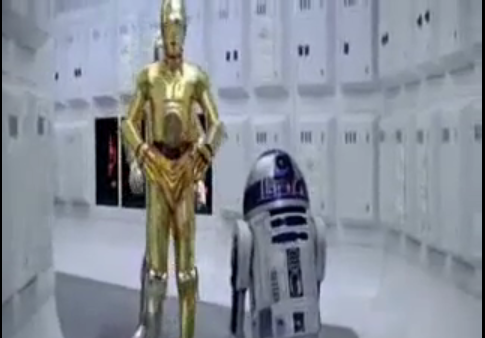
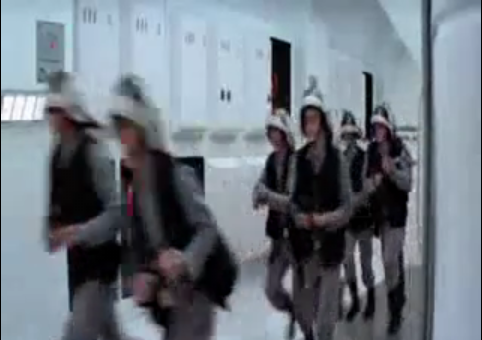
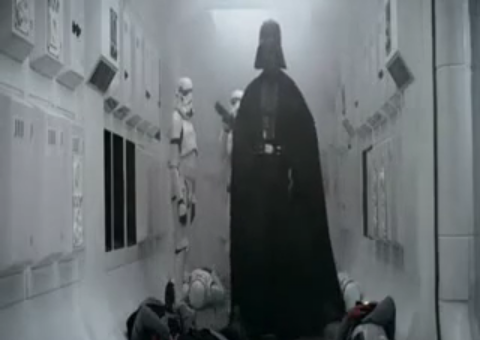

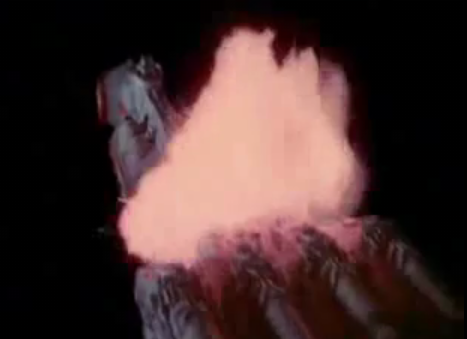
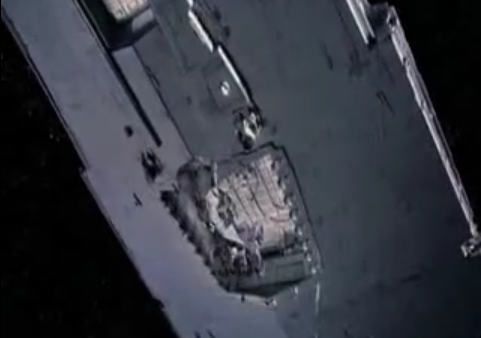

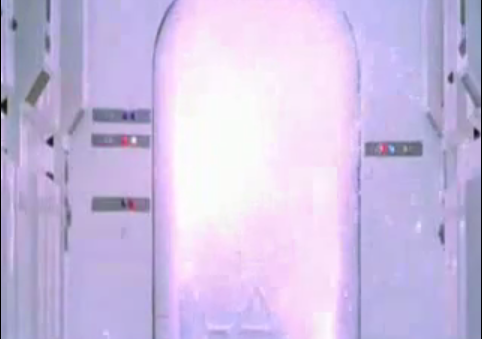
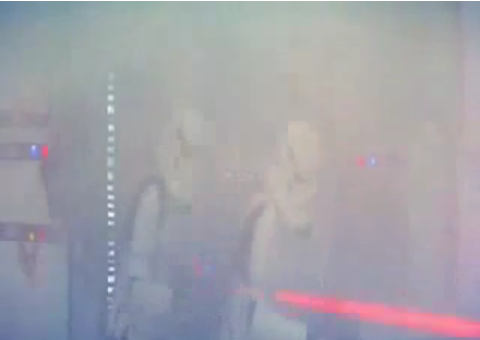
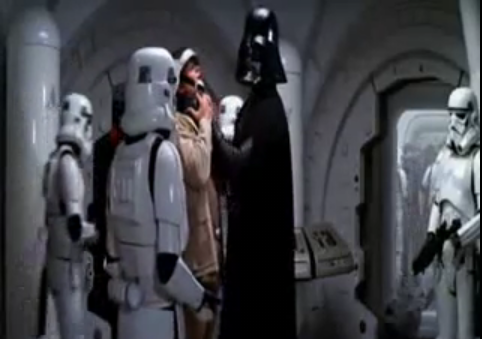

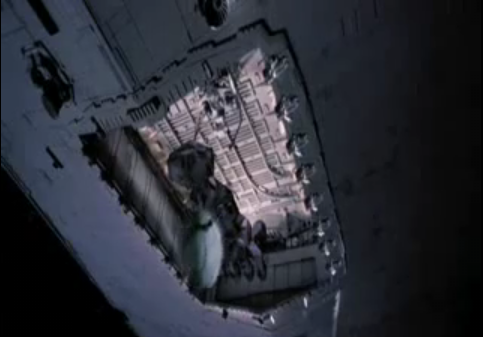

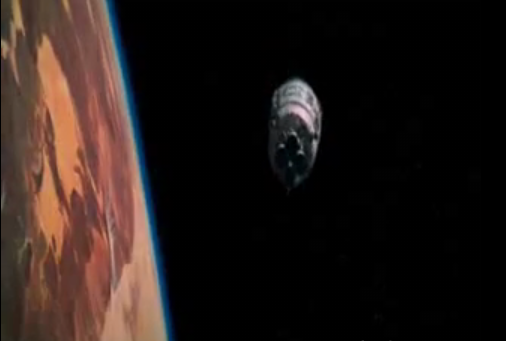
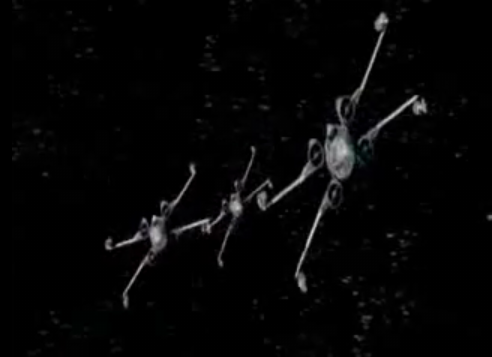


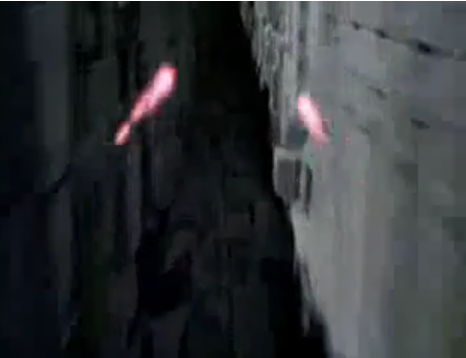
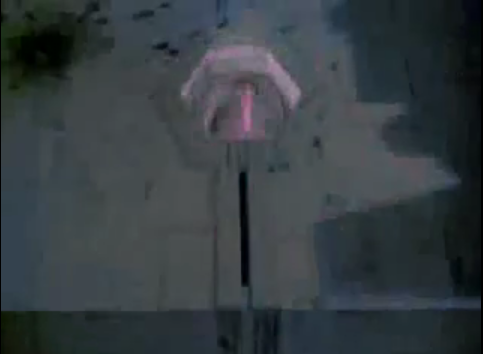

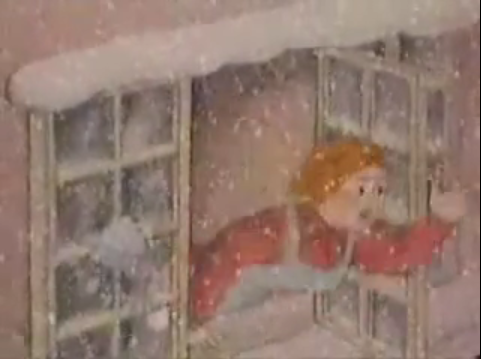
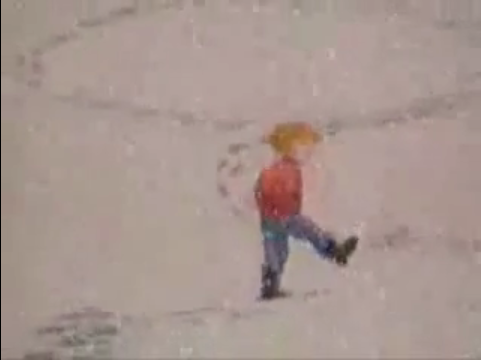
No comments:
Post a Comment